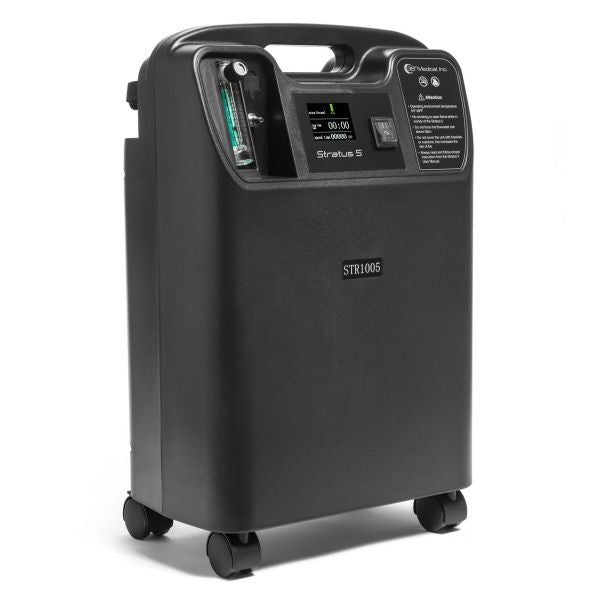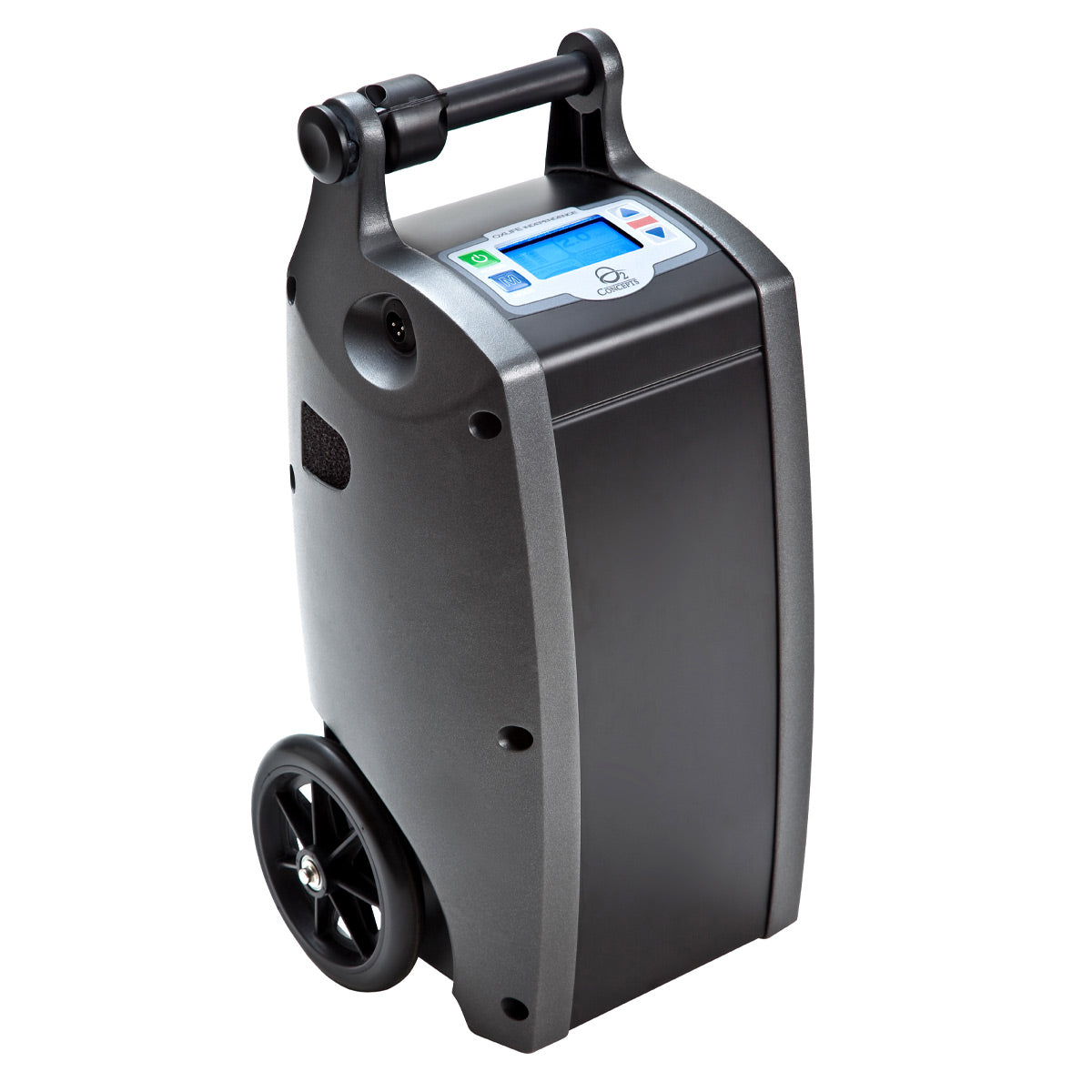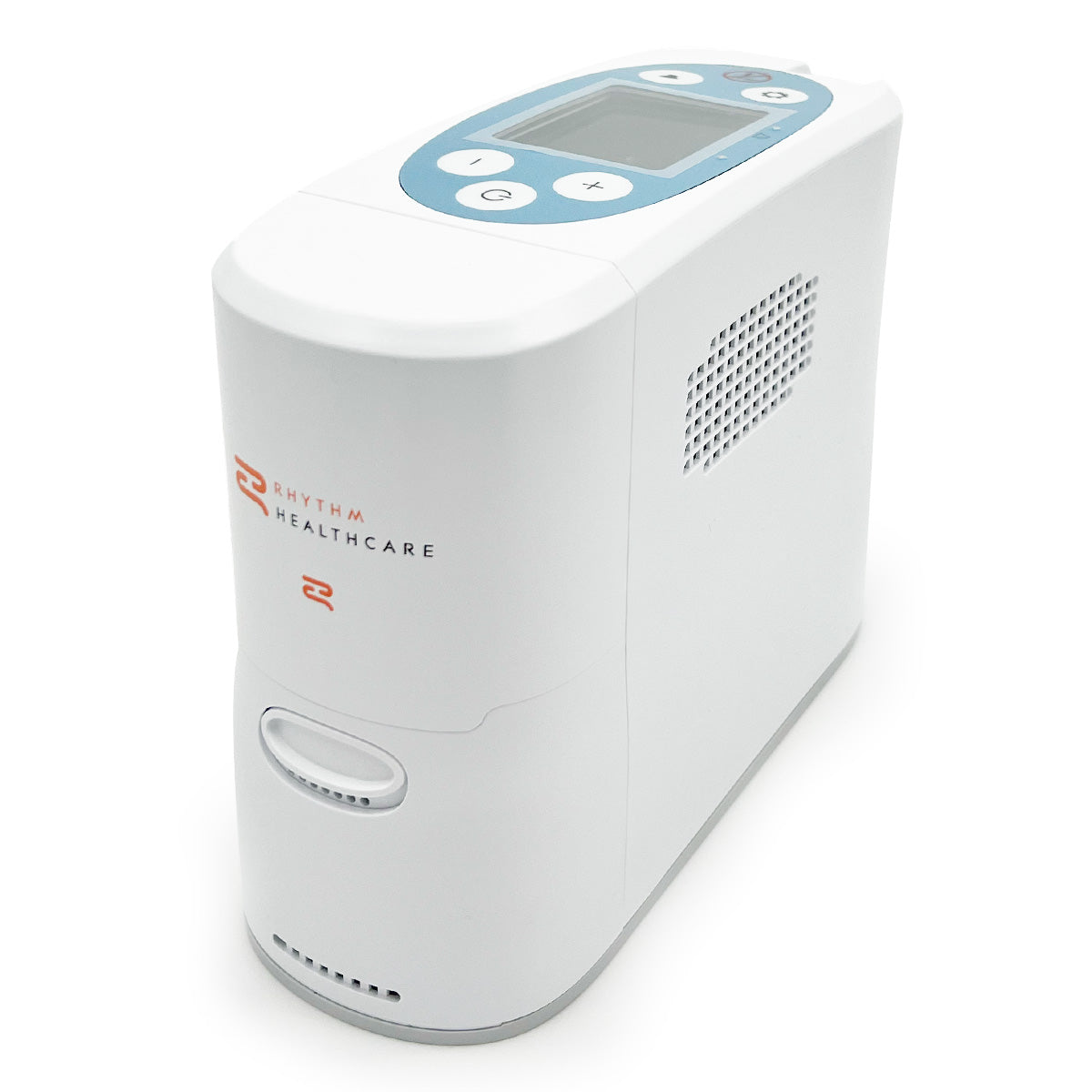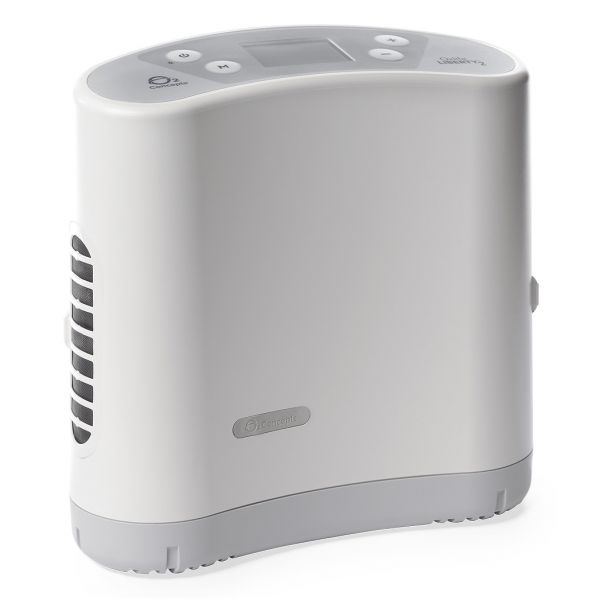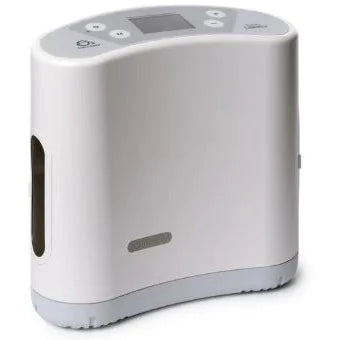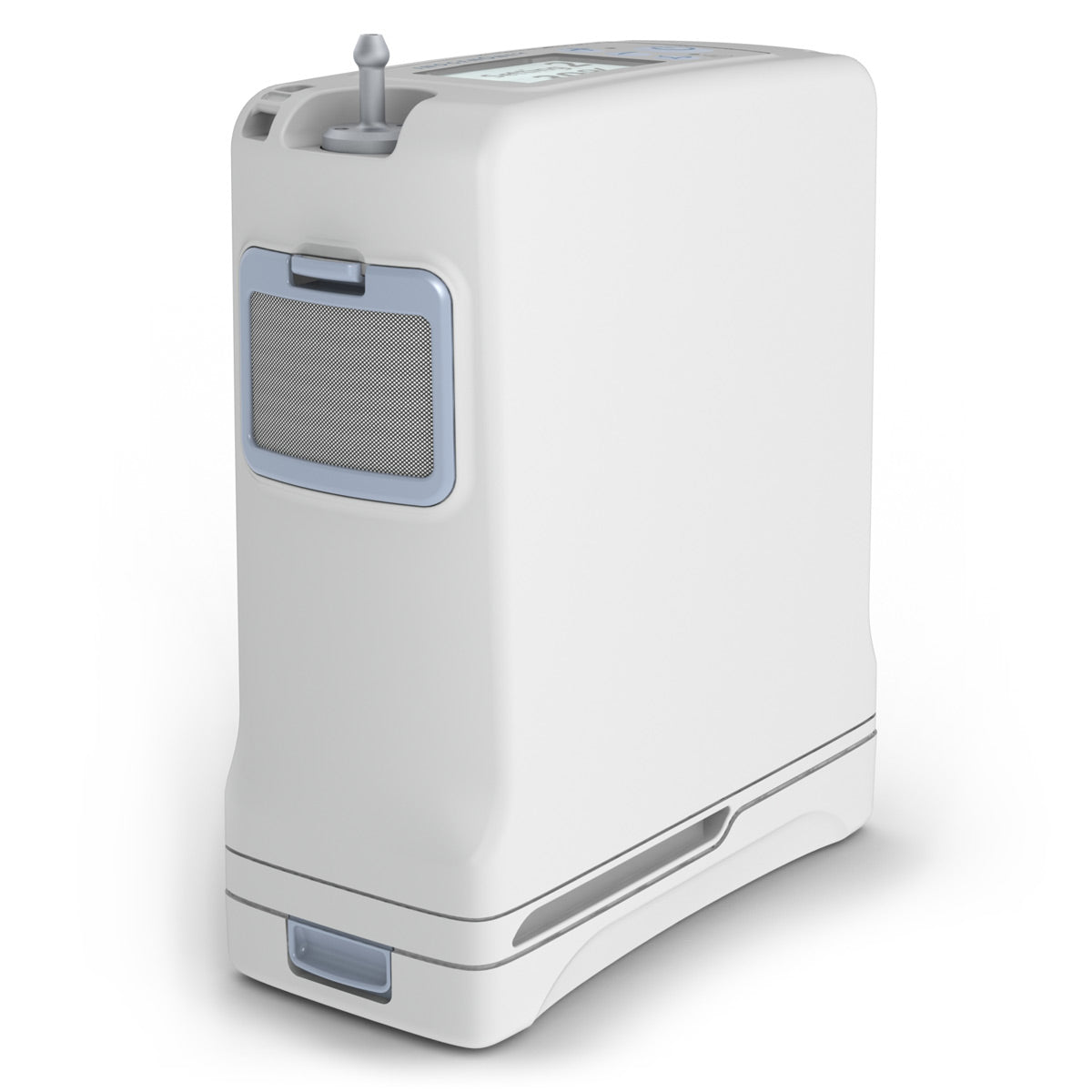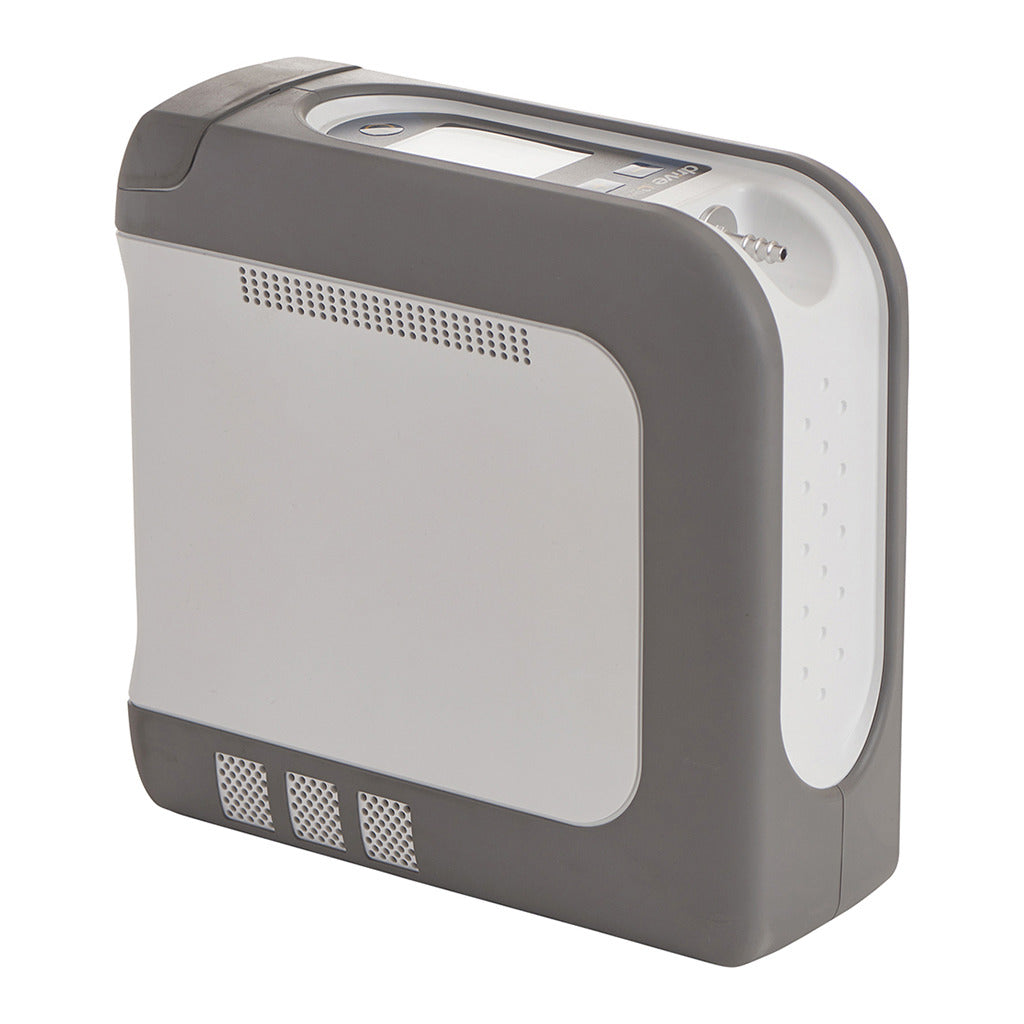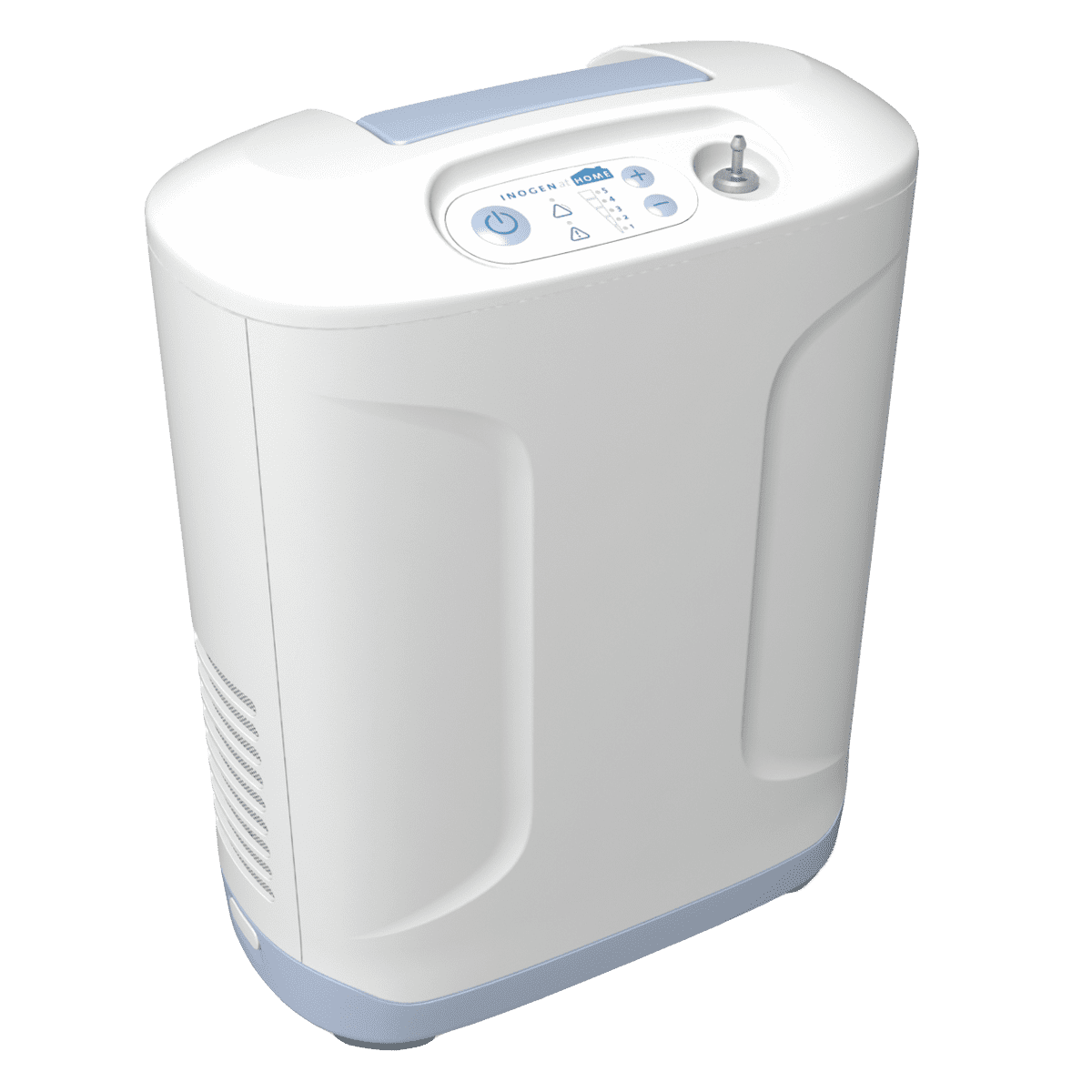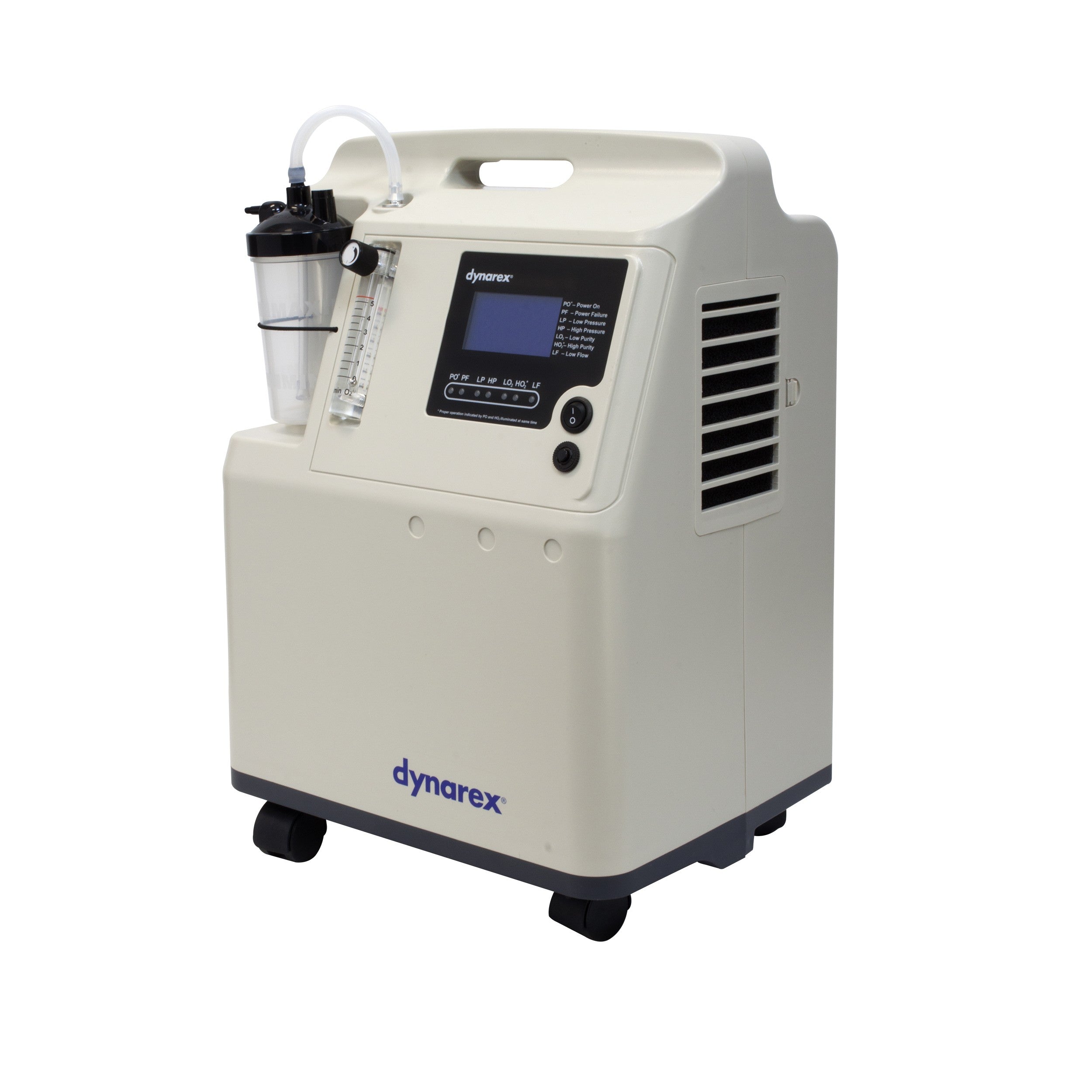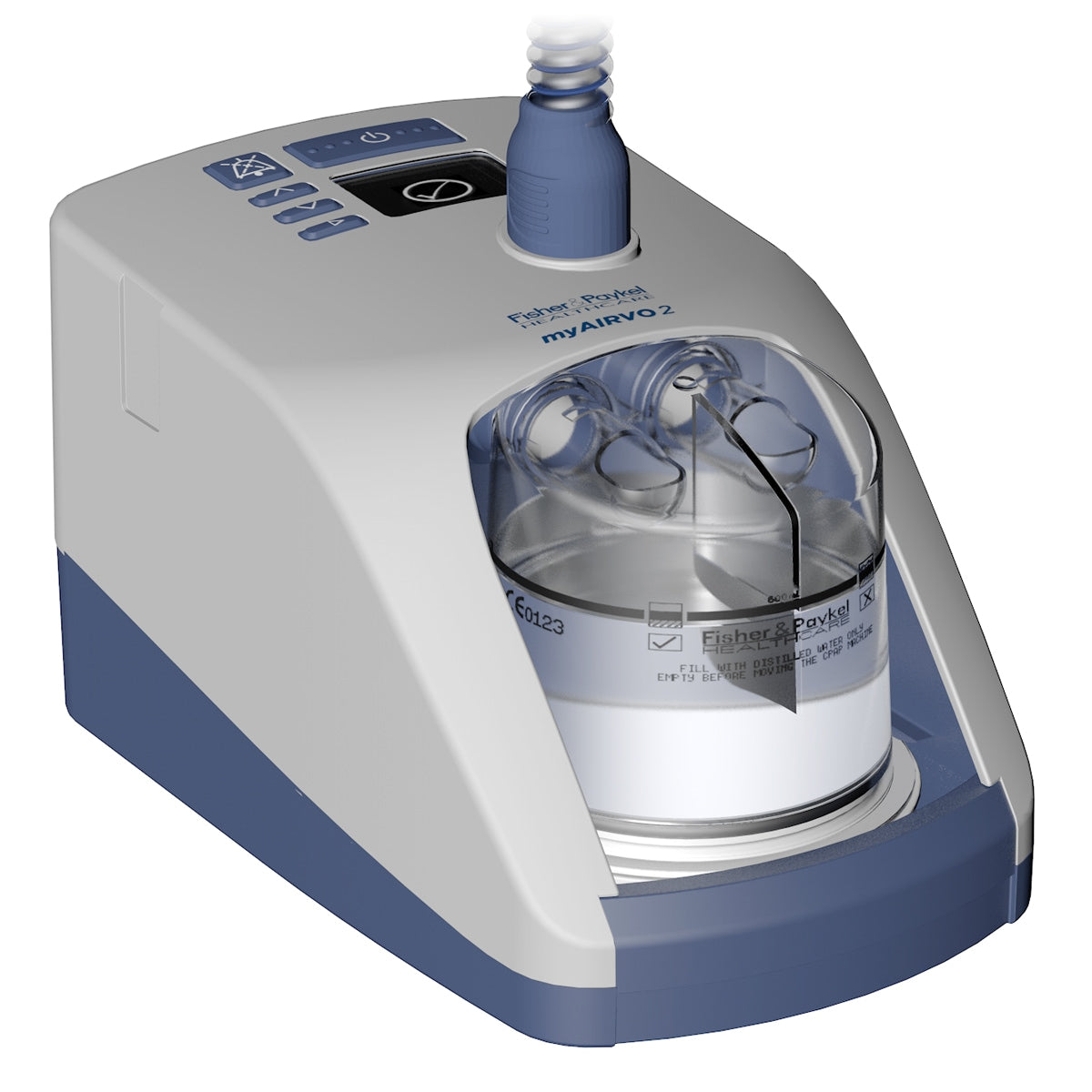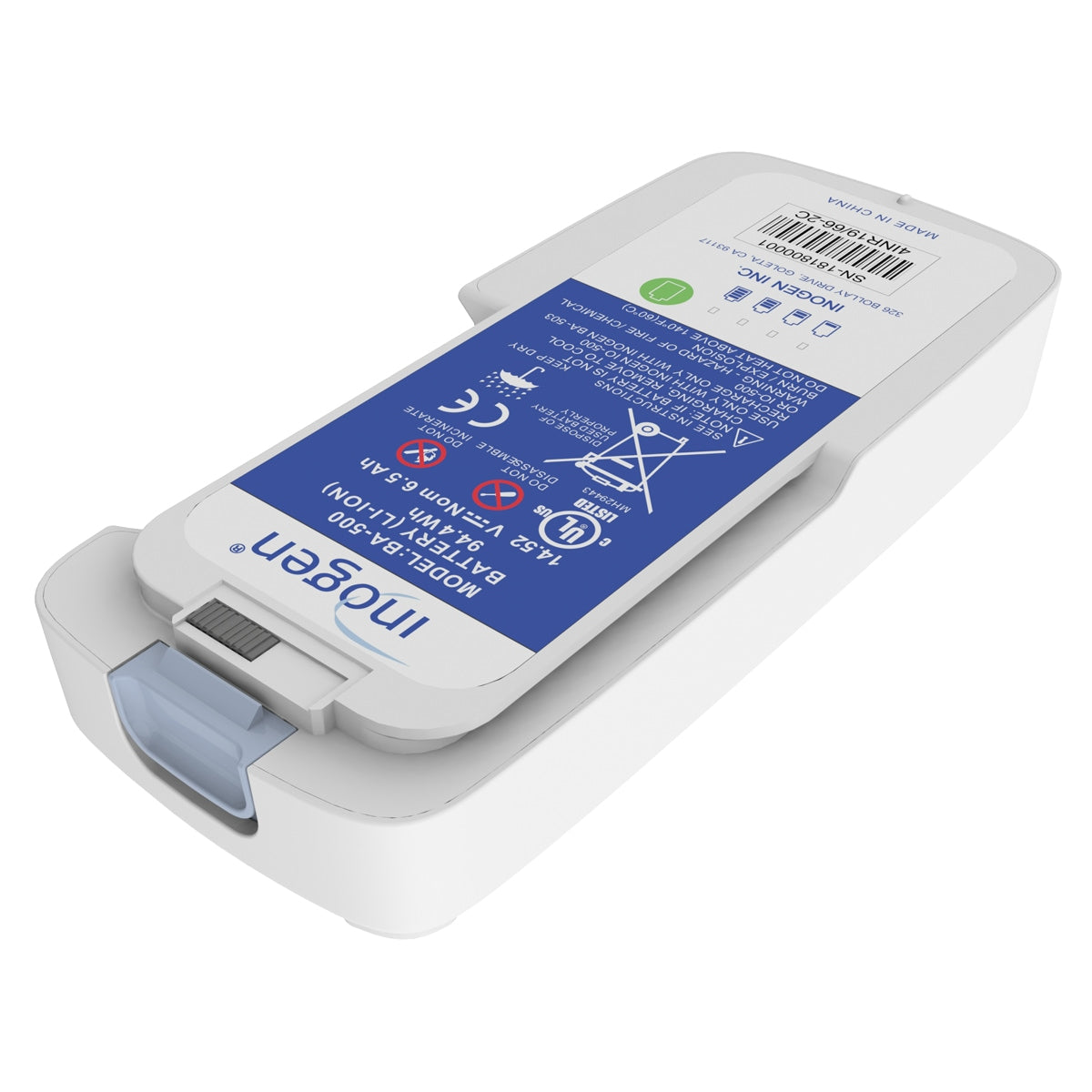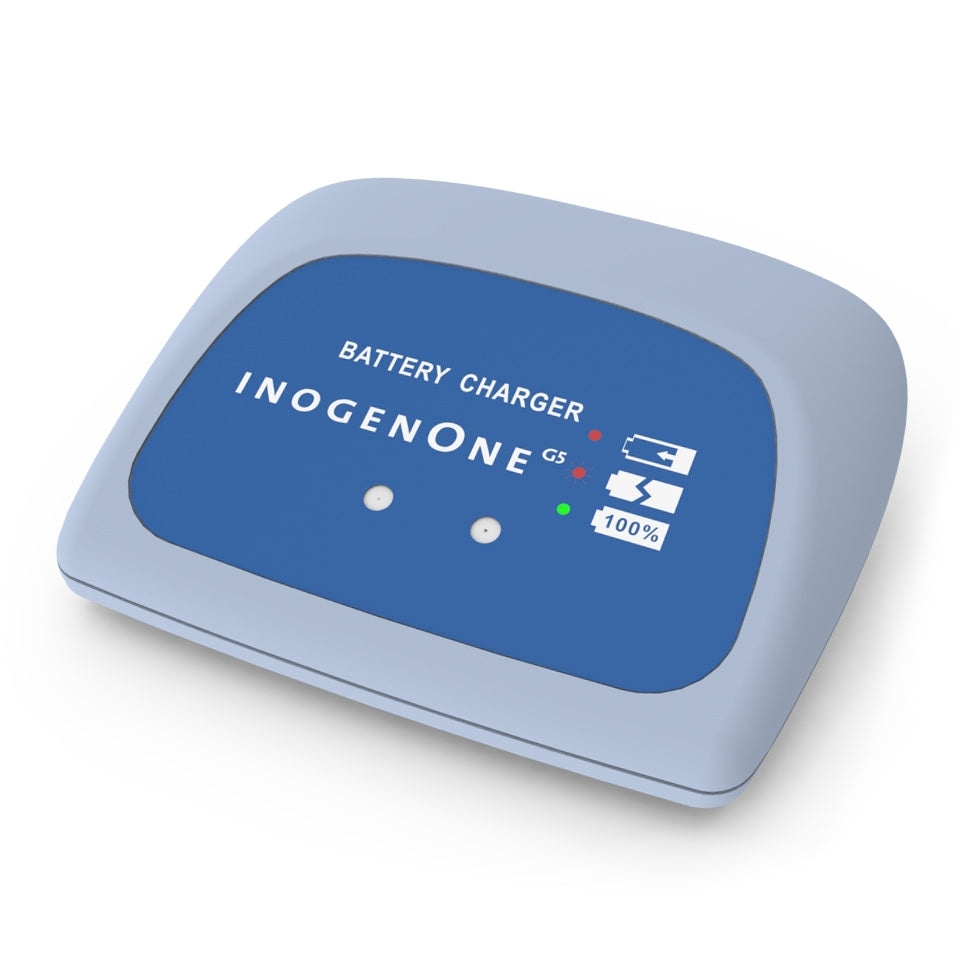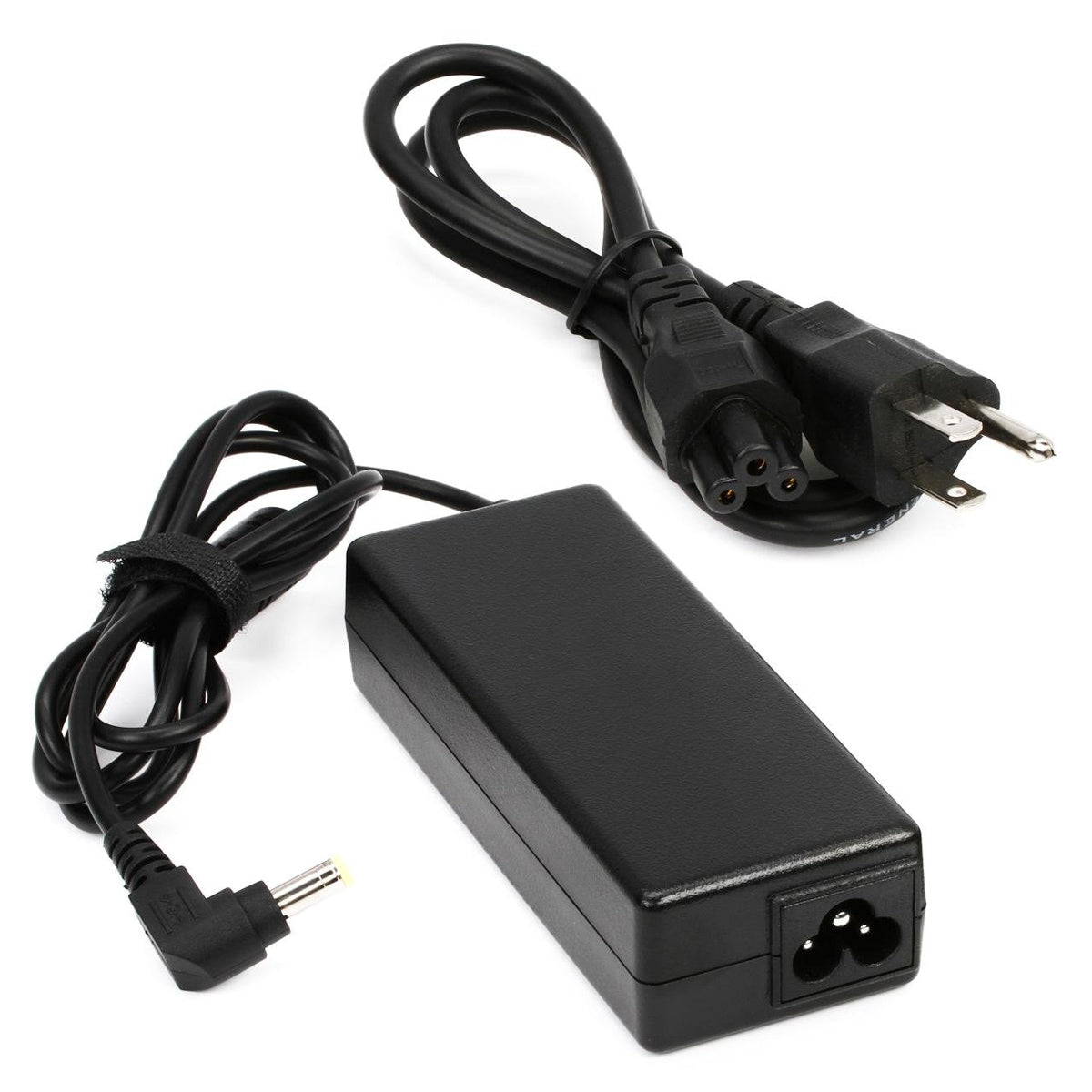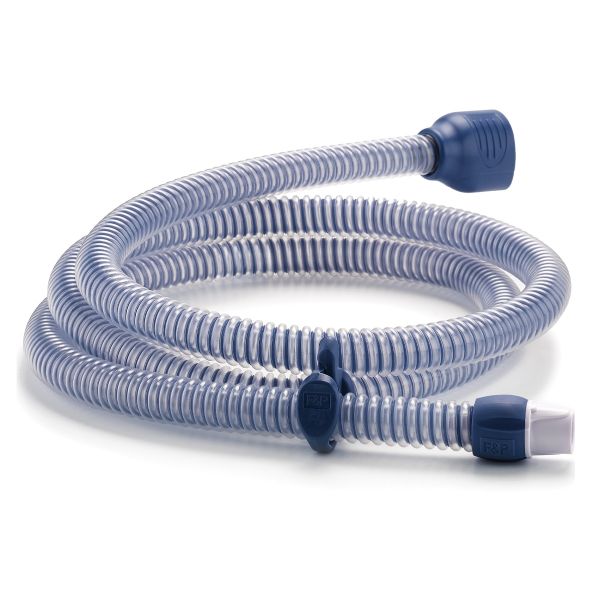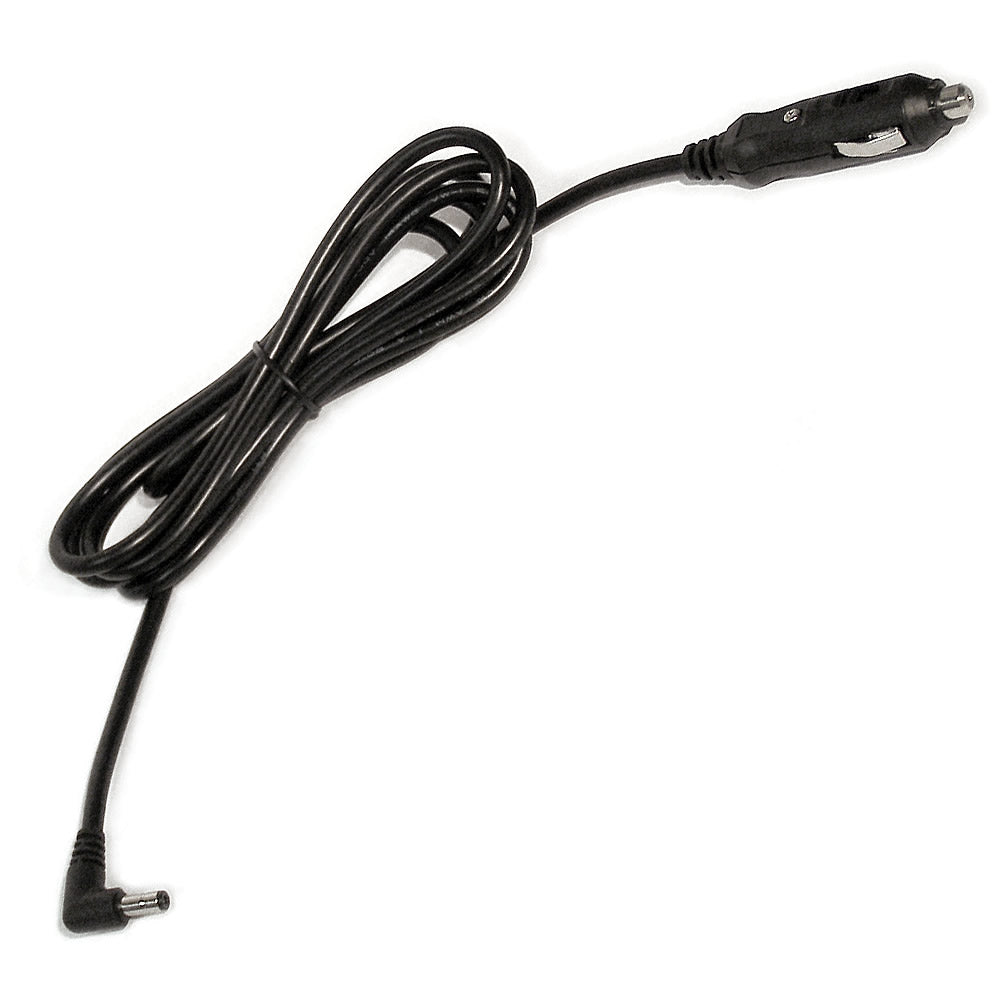An oxygen concentrator is a medical device that delivers concentrated, oxygen-rich air for breathing.
Some conditions that may require supplemental oxygen include:
- Chronic lung diseases: Such as chronic obstructive pulmonary disease (COPD), pulmonary fibrosis, or emphysema
- Respiratory conditions: Such as asthma, bronchitis, pneumonia, or cystic fibrosis
- Other conditions: Such as heart failure, lung cancer, COVID-19, or sleep apnea
- High altitudes: People who live in or visit high-altitude areas, such as mountain climbers, may need supplemental oxygen due to lower oxygen levels in the air
- Newborns: Newborns with respiratory distress syndrome (RDS) may need oxygen therapy to help pump oxygen into their lungs and bloodstream
Yes, a prescription from a healthcare provider is typically required.
Regularly clean filters and check for any signs of wear or damage.
Yes, many models are designed for continuous use, including during sleep.
Most models produce a soft humming sound, but noise levels vary by model.
With proper maintenance, a concentrator can last several years.
Yes, they require electricity to operate. Stationary oxygen concentrators use AC power, while portable oxygen concentrators come with external battery options for charging.
Generally, stationary oxygen concentrators are designed for indoor use, but portable models can be used outdoors and are ideal for travel and mobility.
A portable oxygen concentrator is a smaller, lighter, battery-operated version of a stationary oxygen concentrator designed for mobility.
Typically between 3 to 10 pounds, depending on the model.
Battery life can range from 2 to 10 hours, depending on the model and usage.
Yes, most are FAA-approved for in-flight use. Always check with the airline beforehand.
Yes, most models allow for use while charging.
Flow rates vary, typically ranging from 1 to 5 liters per minute.
Yes, many have pulse dose and continuous flow modes.
They are generally quiet units, producing a soft sound.
Yes, but check the local regulations and availability of power sources.
















































